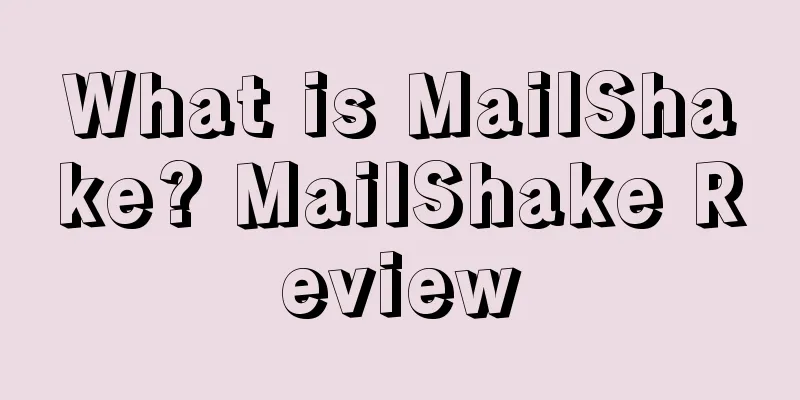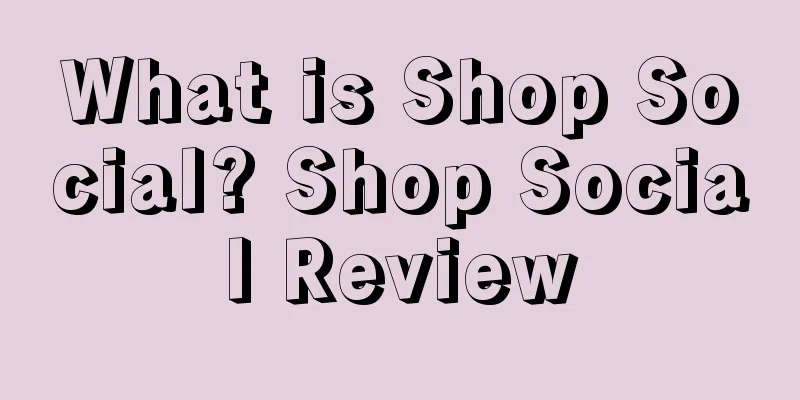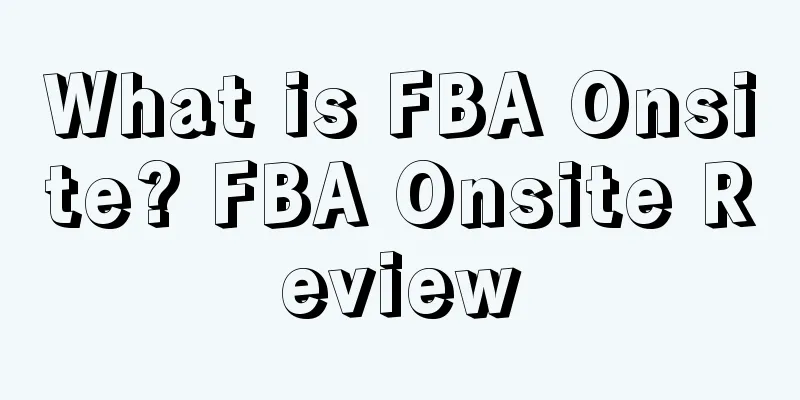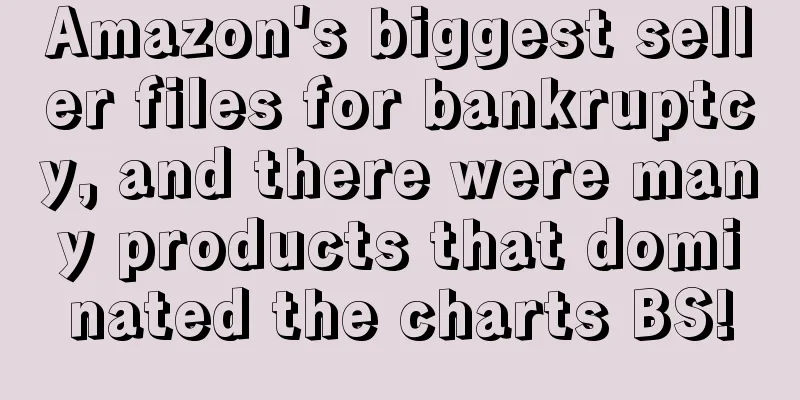Sellers beware! Amazon has recently seen a large number of these emails!
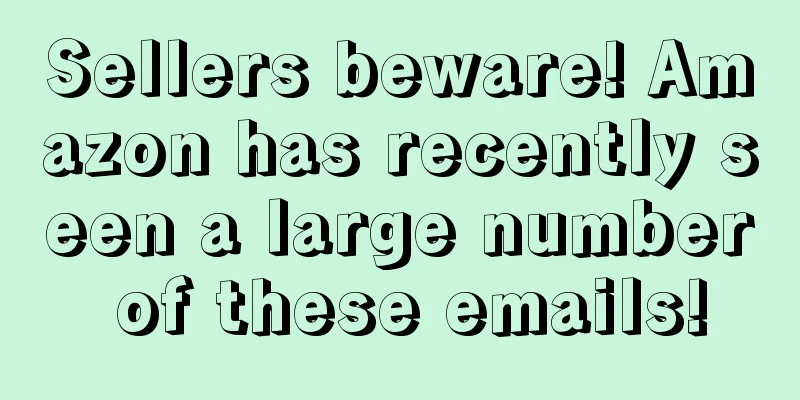
|
Recently, a new method of email phishing scam has reappeared on the Amazon platform. In addition to identity verification, it also involves the EPR packaging method. Please do not click on the following types of emails at will! This type of email reminder information is mainly about payment methods or account information . As shown below, the content of the email received by the seller on January 10 is to verify the account information. The content of the email roughly means that in order to comply with the new Consumer Information Act and Article 1 of the Commercial Agreement, online markets including Amazon are required to collect and verify certain information from a large number of third-party sellers. The verification process in the email has three steps. First, click the "Start" button on the email page and log in to the seller's Seller Central account. Second, after logging in, a "Verification Requirements" pop-up box will appear. Third, follow the instructions on the screen to complete the process. However, not long after, some sellers discovered something strange in the emails : the sending email address @f3dven-amazon.com was different from Amazon's email suffix , and some emails contained spelling errors, with the start button "get started" written as "get stated" or "get stared" . The content of this type of email requires the provision of a LUCID number and a delivery address. Its appearance is highly similar to Amazon's official emails and is extremely confusing. Many sellers have fallen into this trap. Usually, this type of phishing email has several characteristics: the email account is highly similar to the official one, the content is concise and vague, and lacks specific details; it induces people to click on links to perform operations; and the end of the email impersonates the official Amazon team to make it indistinguishable from the real thing. Some sellers have also confirmed with customer service that these are scam emails: In short, in the future, when sellers receive emails from unknown and unidentified sources, they should first check the backend case list and account performance section. Everything should be based on Amazon backend information. Here are some ways to identify Amazon phishing emails. 1. View sender information 1) Email address: Amazon’s official emails usually come from “@amazon.com” or its related subdomains. Phishing emails usually have some other characters added to their email addresses. For example, the phishing email address above is [email protected] , which is obviously fake. Of course, there are some email domains that look real, and the sender may also be forged. 2) Misleading display name: The sender display name of a legitimate Amazon email is clear, such as "Amazon Seller Support". If the display name is misspelled, vague, or contains strange characters, such as "Amazone Seller Center", it may be a phishing email. 2. Review the content of the email 1) Grammatical and spelling errors: Amazon’s official emails will not have obvious grammatical or spelling errors. Phishing emails usually have more such problems, such as “get started” is written as “get stated” above. 2) Requesting sensitive information: Legitimate Amazon emails rarely ask you to provide sensitive information such as passwords, credit card numbers, verification codes, etc. If the email content contains a link that requires you to click and enter this information, it is most likely a phishing email. Here is a little method for you: Don’t click on the link when you receive the email. Hover your mouse over the link to check the actual URL of the link. If the link looks strange and does not match the official Amazon URL, such as containing a bunch of garbled characters or other suspicious domain names, or points to an unofficial website, such as an IP address or a URL containing strange characters, then it is likely a phishing link. Be extra cautious with email attachments. Don't download them easily. No one knows if an attachment contains malware, and there is no guarantee that your device will not be attacked by viruses after downloading and opening it. In short, if you have any doubts about the authenticity of the email, you can judge it based on multiple factors such as the sender's complete email address and the email content. The best way is to contact seller support directly through the Amazon official website to verify! |
<<: Amazon Advertising upgrades again, launching new features: customer journey analysis
>>: Amazon Vine review policy updated, 4 important adjustments!
Recommend
UPS's revenue in the first quarter of 2024 was $21.7 billion, and its profit exceeded expectations!
It is learned that on April 25, according to forei...
What is the United States Court of Appeals for the Federal Circuit? Review of the United States Court of Appeals for the Federal Circuit
The United States Court of Appeals for the Federal...
Akamai DNS failure paralyzed more than 20,000 large websites including Fnac and Amazon Cloud Services
<span data-shimo-docs="[[20,"获悉,据外媒报道,7月22...
What is the International Trade Center? International Trade Center Review
The International Trade Centre (ITC, French: Centr...
I lost all my savings after working on Amazon for three years and had to start all over again. Can anyone tell me what are the key elements to success when working on your own? I hope I can start a second career in the future!
Anonymous user My C position Recently I read seve...
Walmart launches Onramp loan program to help sellers operate during peak season!
Walmart is adding e-commerce financing expert Onra...
What is Thereviewindex? Thereviewindex Review
Thereviewindex is a tool for analyzing product rev...
How to deal with big keywords with high exposure, high clicks and low conversion in Amazon advertising?
Control bidding while still maintaining a certain...
Amazon Low Price Mall: Products below $3 cannot be returned or refunded, and some sellers receive thousands of orders a day?
YTR Sunny Day My C position I work for a cross-bo...
Critical hit! Bank cards of many sellers have been frozen. Are there risks in account closure for cross-border payment methods?
▶ Video account attention cross-border navigation ...
What is Lengow? Lengow Review
Lengow is a French e-commerce solutions company th...
What is Dubsmash? Dubsmash Review
Dubsmash was founded in 2014. Users can lip-sync w...
No delivery during important holidays! Amazon and many other US companies announce suspension of operations
It is learned that on May 30, the United States wi...
Account suspension warning! Sensitive word crisis is coming! Account association outbreak! Amazon responds!
Sellers have encountered a lot of problems recent...
Best Buy cooperates with TalkShopLive! American physical stores also go to the live broadcast room to attract customers
It is learned that recently, American retail giant...
